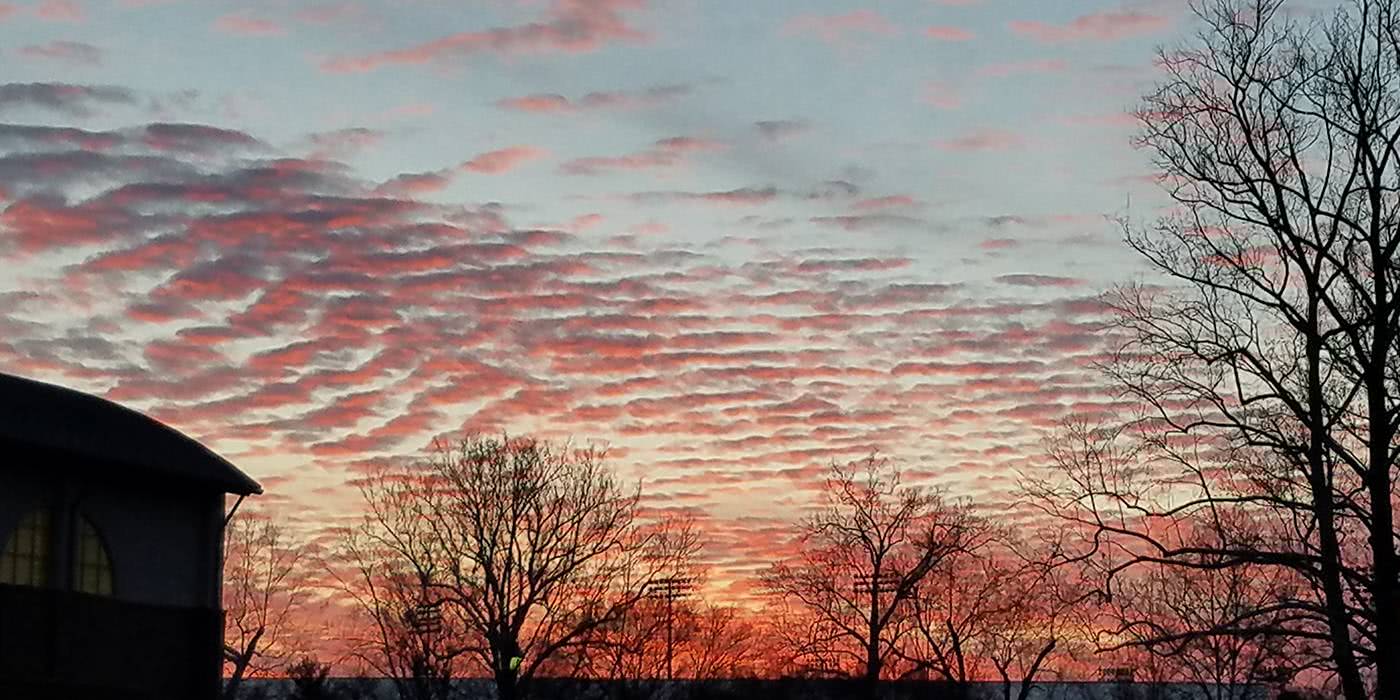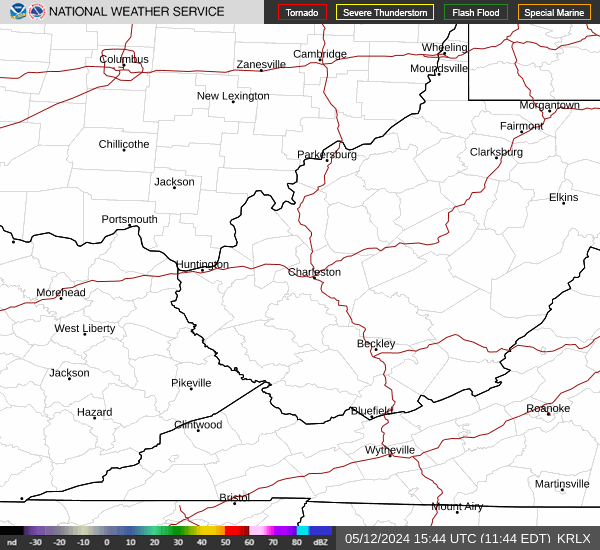Issued: 1pm on Wednesday, September 9th 2020
Technical Forecast Discussion
Short Term (Wednesday 9-9-2020 through Saturday 9-12-2020)
NVA along with negative differential thickness advection will continue to build a ridge to our south and east. This ridge’s axis will be centered over the Atlantic ocean, making the effects from this minimal; however, still here. Highs over the coming 24-48 hours will remain consistently in the upper 80s and lower 90s. Large scale speed convergence, along with a downward directed PGF resulting from negative vorticity on the left side of the jet stream will promote high pressure development, which is why the area will look to remain so clear over the next day or two. A strong baroclinic zone (resulting from a strong cold core high over the northern Midwest) to our north, now located over northern portions of the state, will continue to promote the genesis of a frontal boundary. North of this quasi-stationary boundary, temperatures are much more seasonable–in the lower and middle 70s. As the cold core high begins to propagate southeastward, due to a positive vorticity axis advecting off a strong closed upper trough over the four corners, this boundary will begin to push southward. With the warm, humid airmass ahead of this front, expect a few scattered convective cells to initiate Thursday afternoon into evening. Most favorable locations for these cells look to be between US-36 and I-70. However, with a not well-mixed boundary layer present on most CAMS’ soundings, initiation appears to be very isolated, and unlikely. Obviously, with MLCAPE on the order of 500-1000 j/kg, severe convection will not be a threat for Thursday. Shear parameters are far too marginal as well. Areas that won’t see convection will likely see clouds along the frontal boundary as it moves south and eastward. After FROPA Thursday afternoon into early Friday morning, temperatures will largely cool off. Lows Thursday will reach the upper 50s in some locales, with highs on Friday in the upper 70s and lower 80s–much cooler than this past week. Meanwhile off to our west, the previously mentioned strong closed upper trough will begin propagating eastward, as VORT axes will begin to break off the VORT max. This will begin to advect this vorticity further eastward, causing height falls downstream. However, negative differential thickness advection will weaken this feature as it moves eastward, hindering amplification and tilting it more positively. With sufficient PVA, this feature should make it into the midwest states and Ohio by Saturday evening. At the surface, the frontal boundary that passed to our south will undergo frontolysis, as a warm front associated with a surface cyclone passes to our north. This cyclone will be associated with this closed upper feature, and the left exit of the associated jet streak. This will slightly warm temperatures back into the 80s all across the state on Saturday. Clouds will begin to move into the area on Saturday afternoon due to the approaching cold front.
Long Term (Sunday 9-13-2020 through Tuesday 9-15-2020)
As this trough continues to move eastward throughout the day Sunday, negative differential thickness advection will continue to weaken the feature. However, the feature should reach the area in enough time to allow the cold front from the cyclone associated with the trough to push through. This will cool temperatures into the upper 60s and lower 70s further north, with middle and upper 70s (and a few lower 80s) further south. Differences exist between the models on the timing of the frontal passage. The GFS pushes the front through the state around morning time Sunday, whereas the EURO pushes this feature through later in the afternoon. With the EURO’s solution, Sunday’s highs will reach the middle 80s across most of the state. In any case, rain looks likely for your Sunday. After FROPA, another cold core high will move down into the area, keeping Monday’s weather exceptional for this time of year–Highs in the 70s and 80s with mainly clear skies. Back aloft, NVA and negative differential thickness advection will begin to build a ridge back into the area for Tuesday. With negative VORT bought about by the jet to our north, high pressure will once again begin to develop to the south and east. Strong cyclogenesis will occur at the right entrance of a jet streak over W ON and E MB, further enhancing surface WAA. Highs should only slightly warm Tuesday (still into the 70s and 80s) before the stronger warming moves in for the middle of next week.




